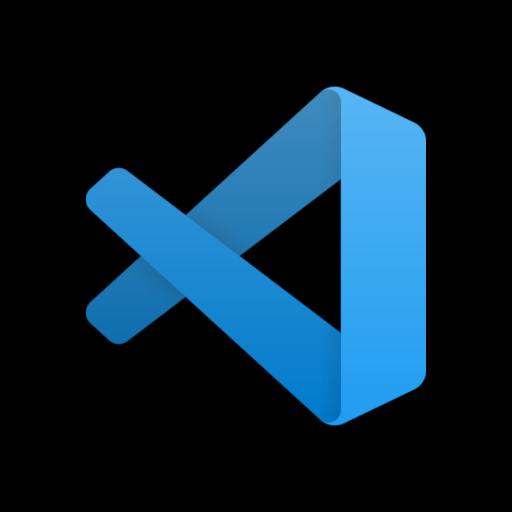C was my first language some 18y ago, and I wouldn’t recommend it to anyone starting today. If anything, learning C is a great way to teach why, maybe, we shouldn’t be using it to build customer applications, web servers, and whatnot.
Keep your gold, I’ll stick to sane error messages, memory management, a packaging system, and a dozen other things that actually make working on multiple projects somewhat doable and not a constant fight against seg faults.












burnout is a serious issue